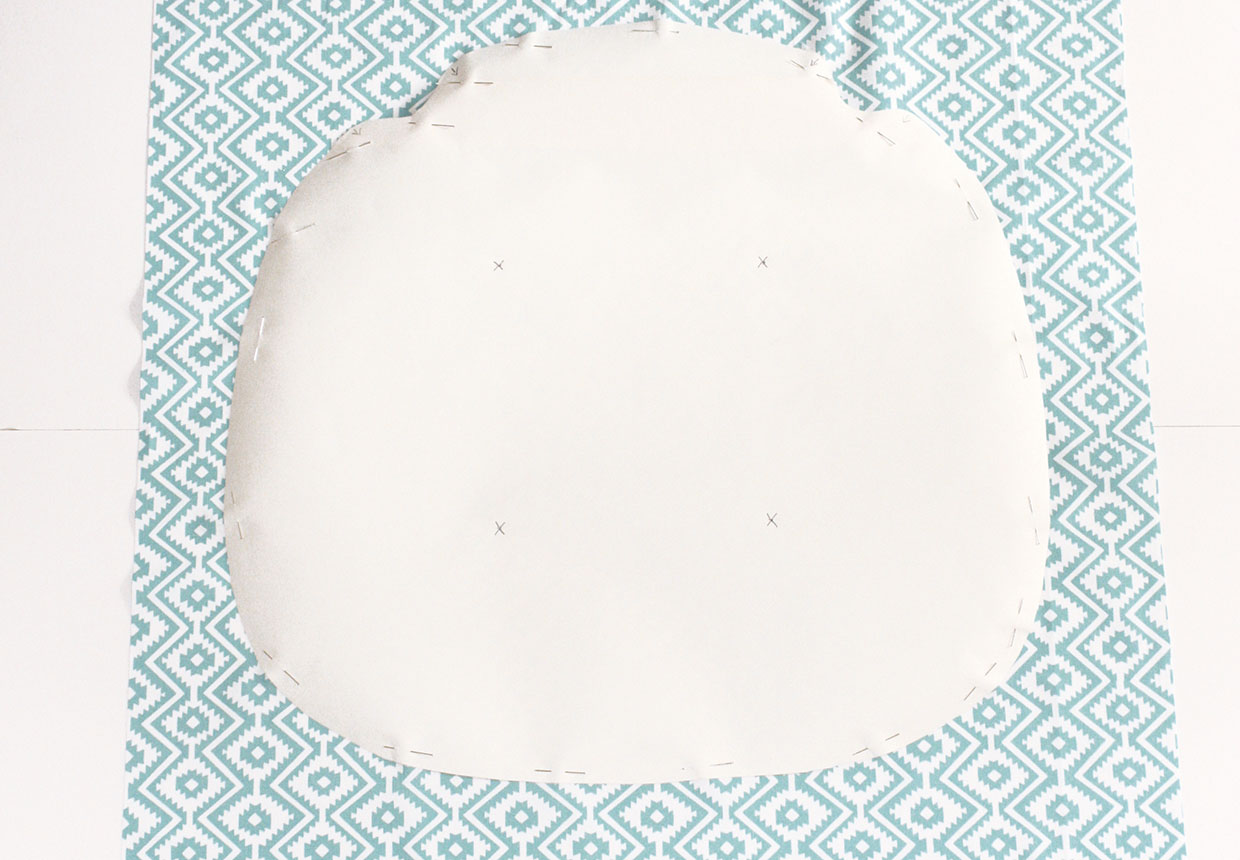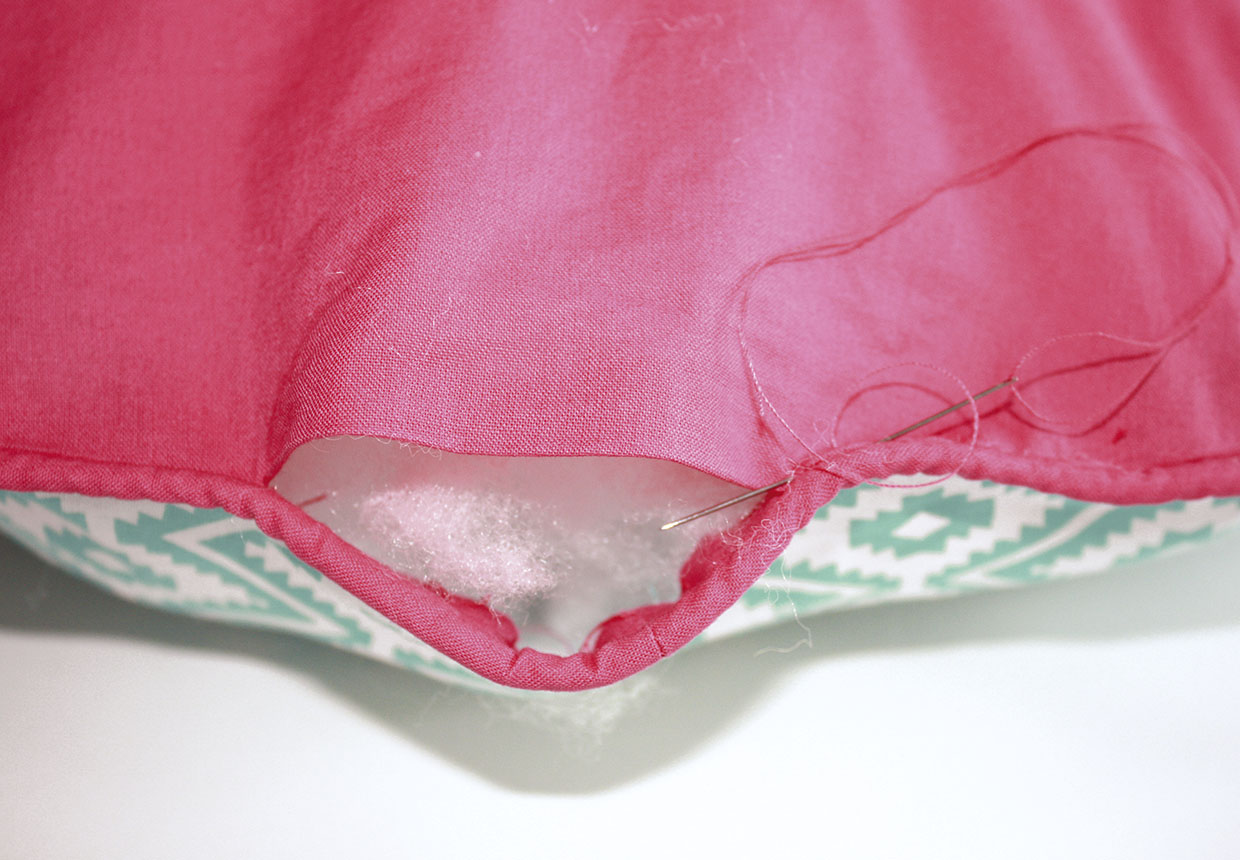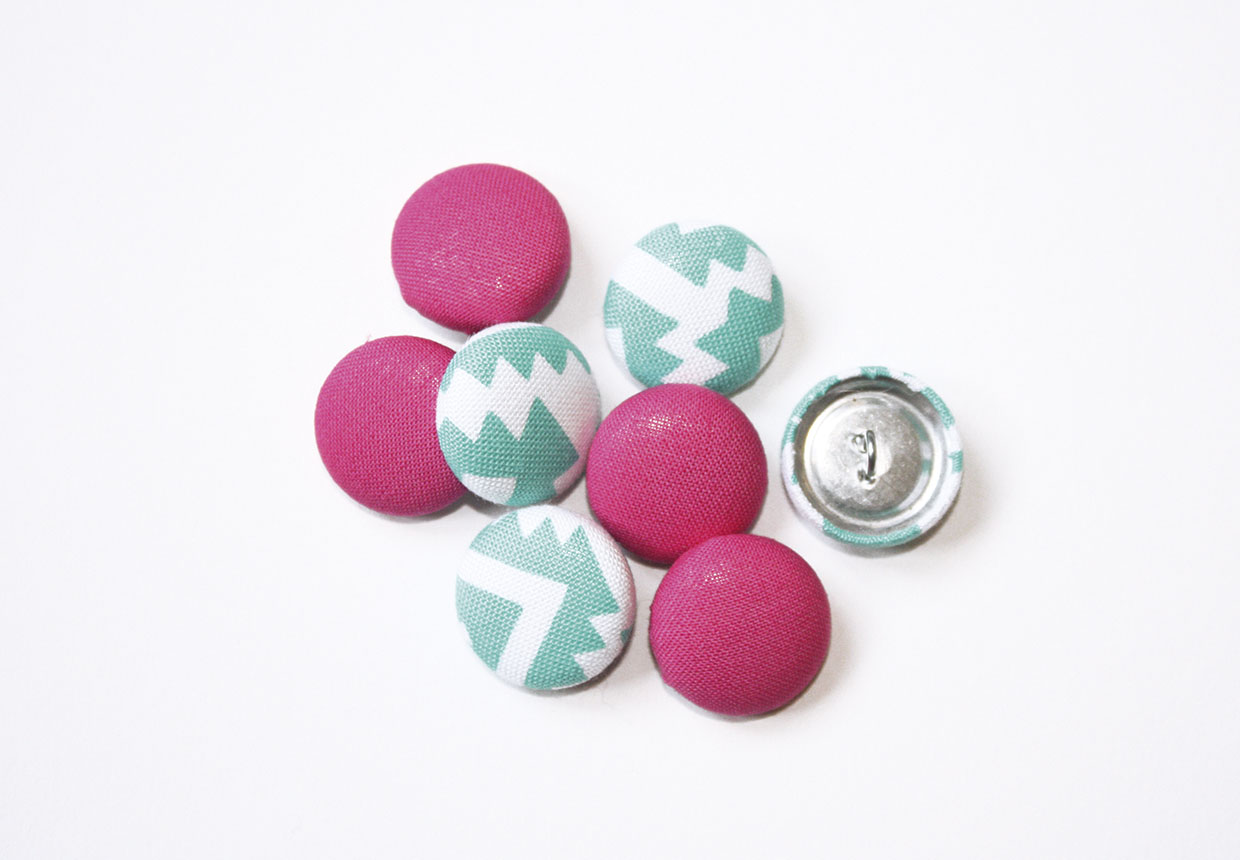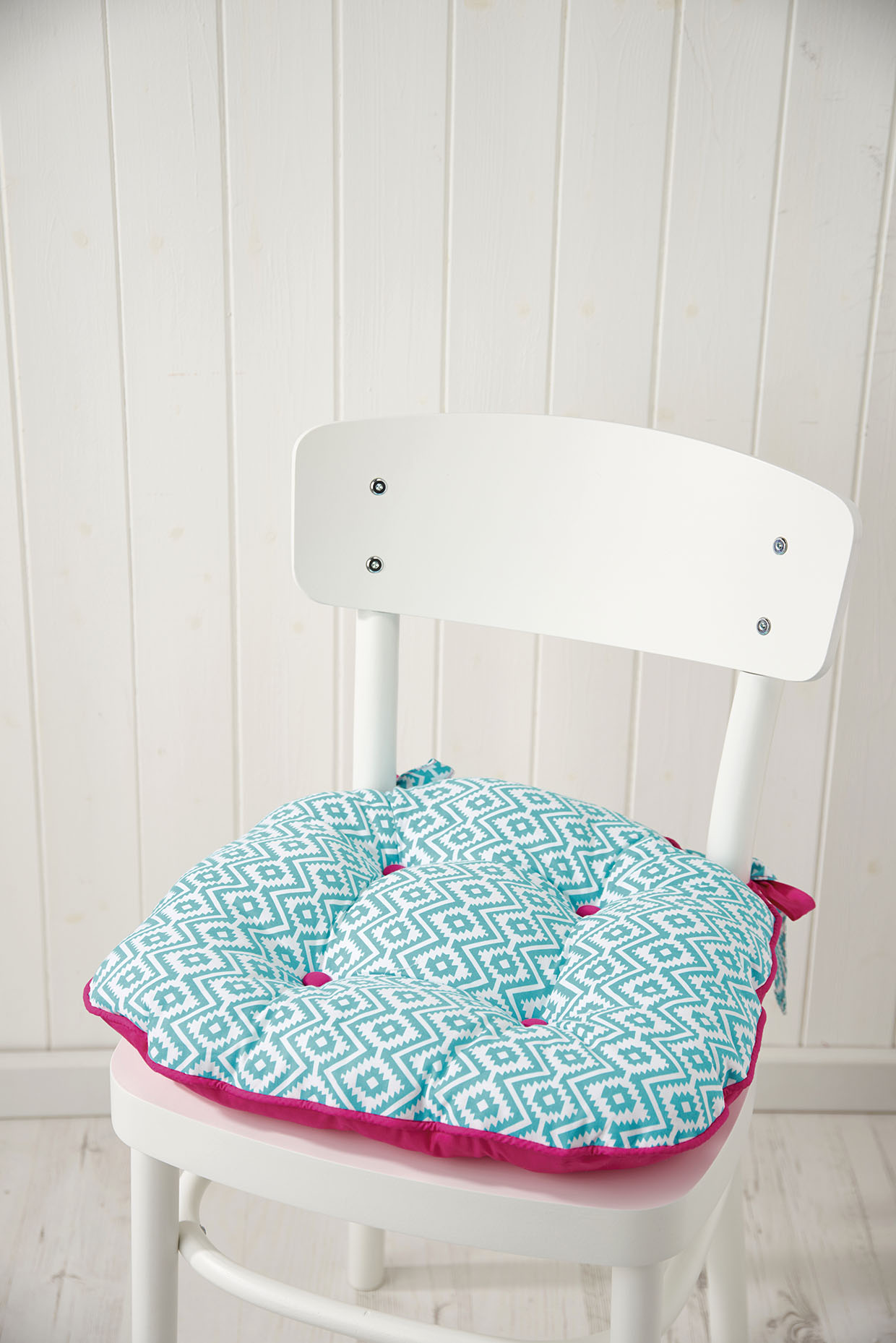A chair cushion is a really speedy make, with the power to transform the look of a whole room! Our DIY chair cushion workshop and step-by-step guides covers all you need to know to create your own pattern and make the perfect pads to suit any room in your home. By drawing your own pattern with a sheet of newspaper you can always be sure of a perfect fit − and the reversible aspect of this design means it's easy to create two bespoke looks, too.
We're thinking: dark stain-resistant fabric on one side (for when the kids are around) and a pretty print on the other (to show off our style to the grown-ups). Genius! This is definitely a skill you'll be glad you learned.
Making your own chair cushions is a really simple and quick way to freshen up a room or introduce a new colour. You can buy ready-made seat pads but these are only a standard size and rarely fit a chair exactly. For a perfect fit, follow our guide to drawing your own pattern and making bespoke pads for your chairs.
A curtain weight fabric is best for making seat pads as it’s strong and will withstand wear. However, you can use dress weight or quilting weight cotton if you prefer – this is a good way of using up fabric as you can join strips or squares together for a handcrafted look. Use the same fabric on the front and back or choose coordinating prints or plains to make them reversible to change the look from time to time. Choose darker colours for seats used by children so spillages don’t show up as much.
This is a really good project to start with if you’ve never tried piping before. Piping your seat pads adds a professional finish – try using a contrast colour to make it really stand out. Piping cord comes in a variety of thicknesses but a No.3 is just about right for these seat pads as it isn’t too chunky so will just give a nice neat edge. Buy the same length of piping cord as your piping strip.
Make fabric ties to attach your seat pad to your chair in a matching or contrast fabric. These are sewn to the seat pad then you simply tie them round the chair back where it meets the seat to hold them in place. Or you can make shorter ties and sew some velcro to the ends of them for fixing. Ribbon or cotton tape can also be used – just make sure it’s strong enough to hold your seat pads in place.
Polyester fiberfill is the best thing to fill your seat pad with as it’s fairly cheap, easily available and full washable so you can pop your seat pads in the washing machine if they get dirty, then hang them on the line to dry.
This project was first featured in Simply Sewing Magazine. Simply Sewing is the UK's bestselling magazine for crafters who sew. It's packed with patterns and tips for sewers of all abilities.
If you're a sewing novice, you might find it helpful to read some of our sewing guides before you get started. Check out our sewing for beginners, how to use a sewing machine, sewing kits for beginners and best sewing machines for beginners guides.
Looking for more projects for your home? Learn how to make a pillowcase with a flap and how to make a duvet cover.
Read on to learn how to make chair cushions…







